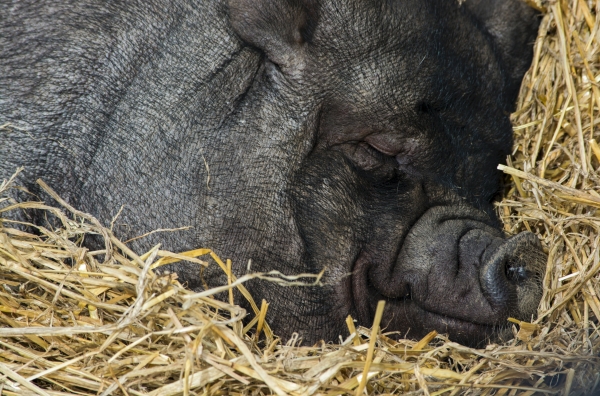Feral swine are considered one of the top invasive species of concern in North America because of the damage they do to agricultural and natural systems. To best manage them, resource management agencies need to know more precisely where and when to implement control methods. A new study by a Penn State-led research team developed a method to help guide control efforts in the Great Smoky Mountains National Park.
Descended from wild European boars imported centuries ago that bred with escaped domestic pigs, feral swine cause widespread damage to ecosystems by wallowing — rolling about or lying in water, creating muddy depressions — and rooting, destroying vegetation. Controlling feral swine can be logistically difficult and costly due to the large areas they traverse, their early reproductive age and their large litter sizes.
The Great Smoky Mountains National Park is a 522,427-acre park, divided almost evenly between the states of North Carolina and Tennessee. Besides the damage that wallowing does to the fragile ecosystem that has not evolved with native animals that wallow, the behavior is a significant source of silting and contamination of streams inhabited by native brook trout, which have a low tolerance for contaminated or silted waters.
Read more at Penn State
Photo by Jon Butterworth on Unsplash


